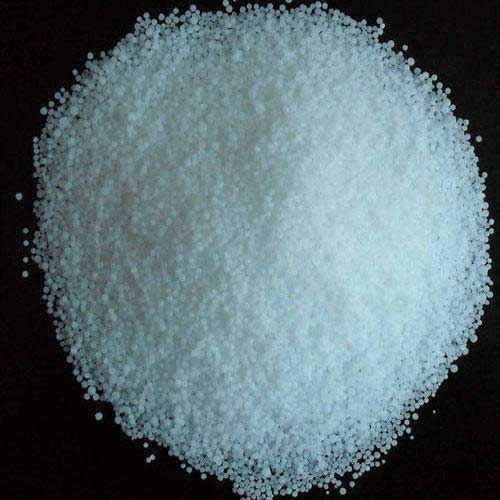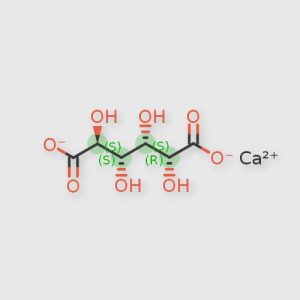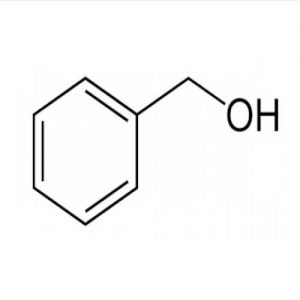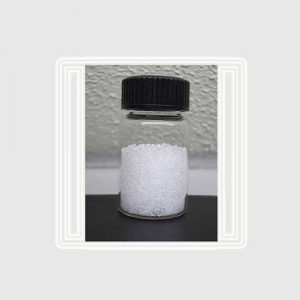- Have any questions?
- 91-22-23726950
- 91-22-23774610

Tartaric Acid
May 7, 2019
Zinc Carbonate
May 7, 2019Urea
Muby Chemicals established in the year 1976, is pioneer in Manufacturing Chemicals for Oil and Gas Exploration, Hydraulic Fracturing (Fracking) and coiled tube Chemicals.Our advanced chemistry leading to an innovative and high-performance product range is coupled with effective on and off site management services.
We are manufacturer of Specialty chemicals, Pharmaceutical Excipients, Fragrance & Flavorchemicals in India, which are of IP, BP, USP, Ph. Eur., FCC or Food Grade, ACS, AR or Analytical Reagent Grade, LR or Laboratory Reagent Grade, Pure and Technical Grades of various chemicals.
British Pharmacopoeia 2009
Urea BP
CH4N2O — 60.1 — 57-13-6
Action and use
Keratolytic
DEFINITION
Carbamide
Content
98.5 per cent to 101.5 per cent (dried substance).
CHARACTERS
Appearance
White or almost white, crystalline powder or transparent crystals, slightly hygroscopic.
Solubility
Very soluble in water, soluble in alcohol, practically insoluble in methylene chloride.
IDENTIFICATION
First identification A, B.
Second identification A, C, D.
A. Melting point: 132C to 135C.
B. Infrared absorption spectrophotometry.
C. Dissolve 0.1 g in 1 ml of water. Add 1 ml of nitric acid. A white, crystalline precipitate is formed.
D. Heat 0.5 g in a test tube until it liquefies and the liquid becomes turbid. Cool, dissolve in a mixture of 1 ml of dilute sodium hydroxide solution and 10 ml of water and add 0.05 ml of copper sulphate solution. A reddish-violet colour is produced.
TESTS
Solution S
Dissolve 10.0 g in water and dilute to 50 ml with the same solvent.
Appearance of solution
The solution is clear and colourless.
To 2.5 ml of solution S add 7.5 ml of water.
Alkalinity
To 2.5 ml of solution S add 7.5 ml of water, 0.1 ml of methyl red solution and 0.4 ml of 0.01 M hydrochloric acid . The solution is red to orange.
Biuret
Maximum 0.1 per cent.
Ammonium
Maximum 500 ppm, determined on 0.1 ml of solution S.
Heavy metals
Maximum 10 ppm.
Loss on drying
Maximum 1.0 per cent, determined on 1.000 g by drying in an oven at 105C for 1h.
Sulphated ash
Maximum 0.1 per cent, determined on 1.0 g.
Urea USP
Urea
CH4N2O 60.06
Urea.
Carbamide.
Urea contains not less than 99.0 percent and not more than 100.5 percent of CH4N2O.
Labeling— Where it is intended for use in preparing injectable dosage forms, the label states that it is sterile or must be subjected to further processing during the preparation of injectable dosage forms.
Identification—
A: Heat about 500 mg in a test tube: it liquefies, and ammonia is evolved. Continue the heating until the liquid becomes turbid, then cool. Dissolve the fused mass in a mixture of 10 mL of water and 1 mL of sodium hydroxide solution (1 in 10), and add 1 drop of cupric sulfate TS: the solution acquires a reddish-violet color.
B: Dissolve 100 mg in 1 mL of water, and add 1 mL of nitric acid: a white crystalline precipitate of urea nitrate is formed.
Melting range: between 132 and 135.
Residue on ignition: not more than 0.1%.
Alcohol-insoluble matter—0.04%.
Chloride— 0.007%.
Sulfate— 0.010%.
Heavy metals— the limit is 0.002%.
Other requirements— Where the label states that Urea is sterile, it meets the requirements for Sterility Tests 71 and for Bacterial endotoxins under
Urea for Injection:. Where the label states that Urea must be subjected to further processing during the preparation of injectable dosage forms, it meets the requirements for Bacterial endotoxins under Urea for Injection.
Urea FCC
Carbamide
CH4N2O Formula wt 60.06
CAS: [57-13-6]
DESCRIPTION
Urea occurs as a colorless to white, prismatic, crystalline powder or as small, white pellets. It is commonly produced from CO2 by ammonolysis or from cyanamide by hydrolysis. It is freely soluble in water and in boiling alcohol, but practically insoluble in chloroform and in ether. It melts at a range of 132° to 135°.
Function Fermentation aid.
REQUIREMENTS
Identification:
A. Heat about 500 mg of sample in a test tube until it liquefies. Ammonia vapor is produced. Continue heating until the liquid becomes turbid, and then cool. Dissolve the fused mass in a 1:10 sodium hydroxide solution:water mixture. Add 1 drop of cupric sulfate TS. A red-violet colored solution develops.
B. Dissolve 100 mg of sample in 1 mL of water, and add 1 mL of nitric acid. A white precipitate of urea nitrate forms.
Assay: Not less than 99.0% and not more than 100.5% of CH4N2O.
Alcohol-Insoluble Matter: Not more than 0.04%.
Chloride: Not more than 0.007%.
Lead: Not more than 5 mg/kg.
Loss on Drying: Not more than 1.0%.
Residue on Ignition: Not more than 0.1%.
Sulfate: Not more than 0.01%.
Urea ACS
ACS Specifications
Urea
NH2CONH2
Formula Wt 60.06
CAS Number 57-13-6
REQUIREMENTS
| Assay | 99.0-100.5% |
| Melting point | 132-135C |
MAXIMUM ALLOWABLE
| Insoluble matter | 0.01% |
| Residue after ignition | 0.01% |
| Chloride (Cl) | 5 ppm |
| Sulfate (SO4) | 0.001% |
| Heavy metals (as Pb) | 0.001% |
| Iron (Fe) | 0.001% |
For Original Monographs of IP Indian Pharmacopoeia BP British Pharmacopoeia USP US Pharmacopoeia FCC Food Grade product, please check with the respective web-pages or books.




